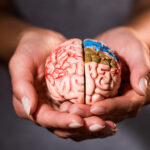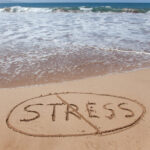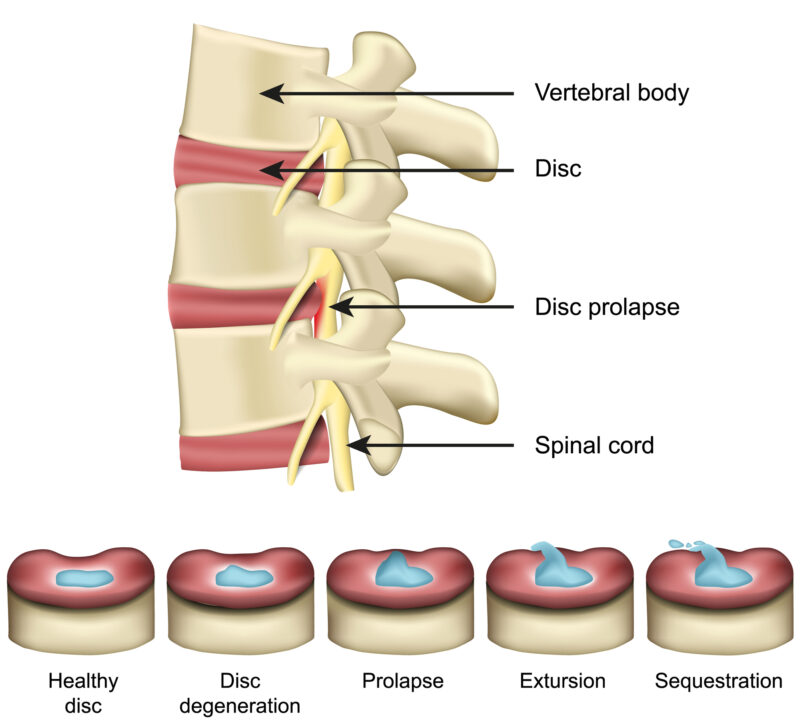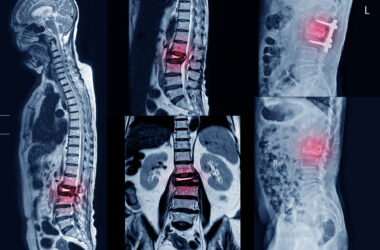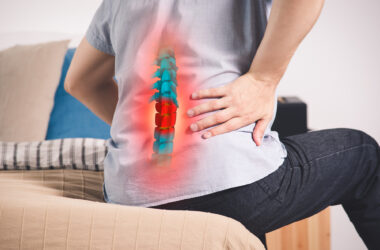As a neurosurgery speciality practice, Dr. Kuether and his staff are trained “to handle concerns with diagnosis and treatment of patients with injury to or disease/disorders of the brain, spinal cord, spinal column and peripheral nerves throughout the body” (OHSU).
As a neurosurgeon, Dr. Kuether is trained in all aspects of neurosurgery, including the cerebrovascular system, the spine and spinal cord, trauma, tumors, and pain management..
Dr. Kuether is equipped to handle a number of brain, spinal and nerve conditions including cervical, lumbar and thoracic disc herniation.
Herniated discs are a common source of back pain, especially for adults in their 50s and up. Dr. Kuether is constantly helping people with their chronic or periodic episodes of back pain.
Back pain is one of the most common aliments in America and “nearly 16 million people or 8% of all American adults suffer from chronic back pain” (Georgetown).
According to NCBI, “a herniated disc in the spine is a condition during which a nucleus pulposus (or the inner core of the vertebral disc) is displaced from intervertebral space.”
A herniated disc can take place in the following areas of the spine:
- Cervical: The cervical spine consists of the top seven vertebrae of the spine or the vertebrae located between your skull and chest. Cervical disc herniation is relatively common with only lumbar being more frequent. Disc herniation is typically exacerbated by the symptoms of aging. As we age, our spinal discs lose their elasticity and ligaments begin to weaken. These factors make disc herniation more likely.
- Lumbar: The lumbar spine consists of the five vertebrae in the lower part of the back. Lumbar vertebrae are the largest and typically strongest of spinal bones; however, they are the most common for disc herniation. Bad posture, certain movements (e.g. twisting, improper lifting form, etc.), excessive weight can all contribute or increase the likelihood of disc herniation. Lumbar disc herniation is also the most frequent site of injury in several sports including gymnastics, weightlifting, swimming and golf.
- Thoracic: The thoracic spine consists of the 12 vertebrae between your neck and lower back. This section of the spinal column helps support the ribs, which helps make this area stable. Disc herniation is relatively rare for this area; it accounts for less than 1% of disc herniations (UCSF).
All of these disc herniations can be treated with a variety of surgical and non surgical options including pain management treatments (epidural steroid injections), physical therapy, acupuncture or surgery in some cases.


